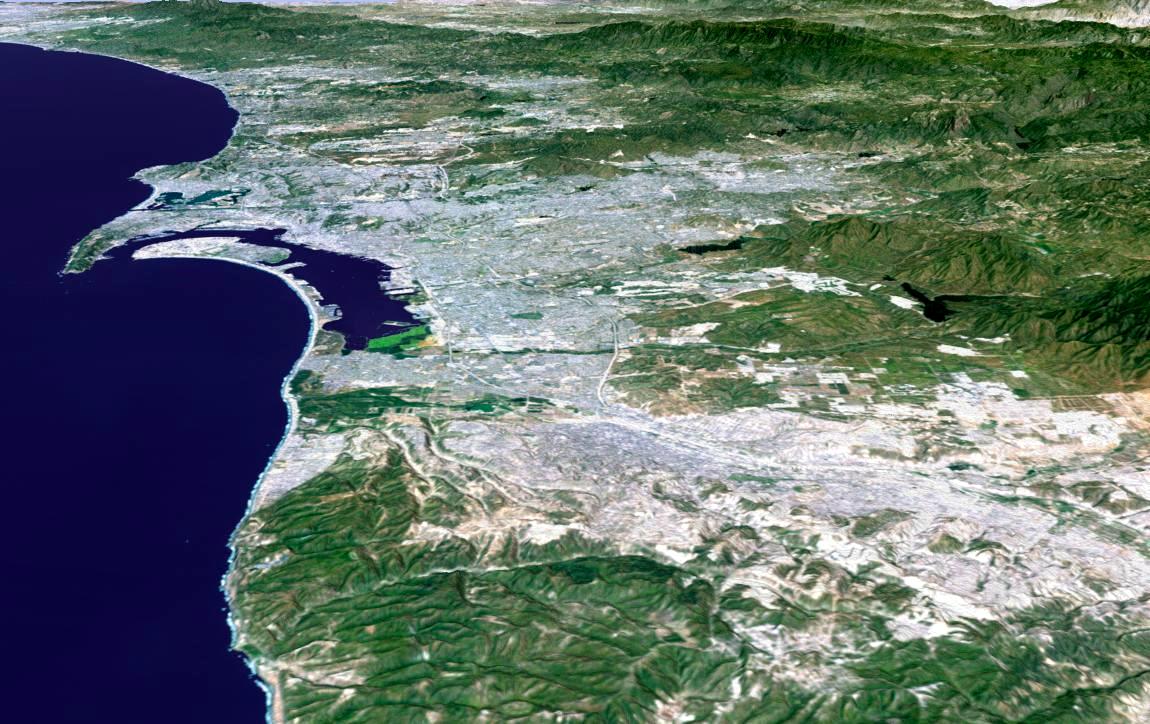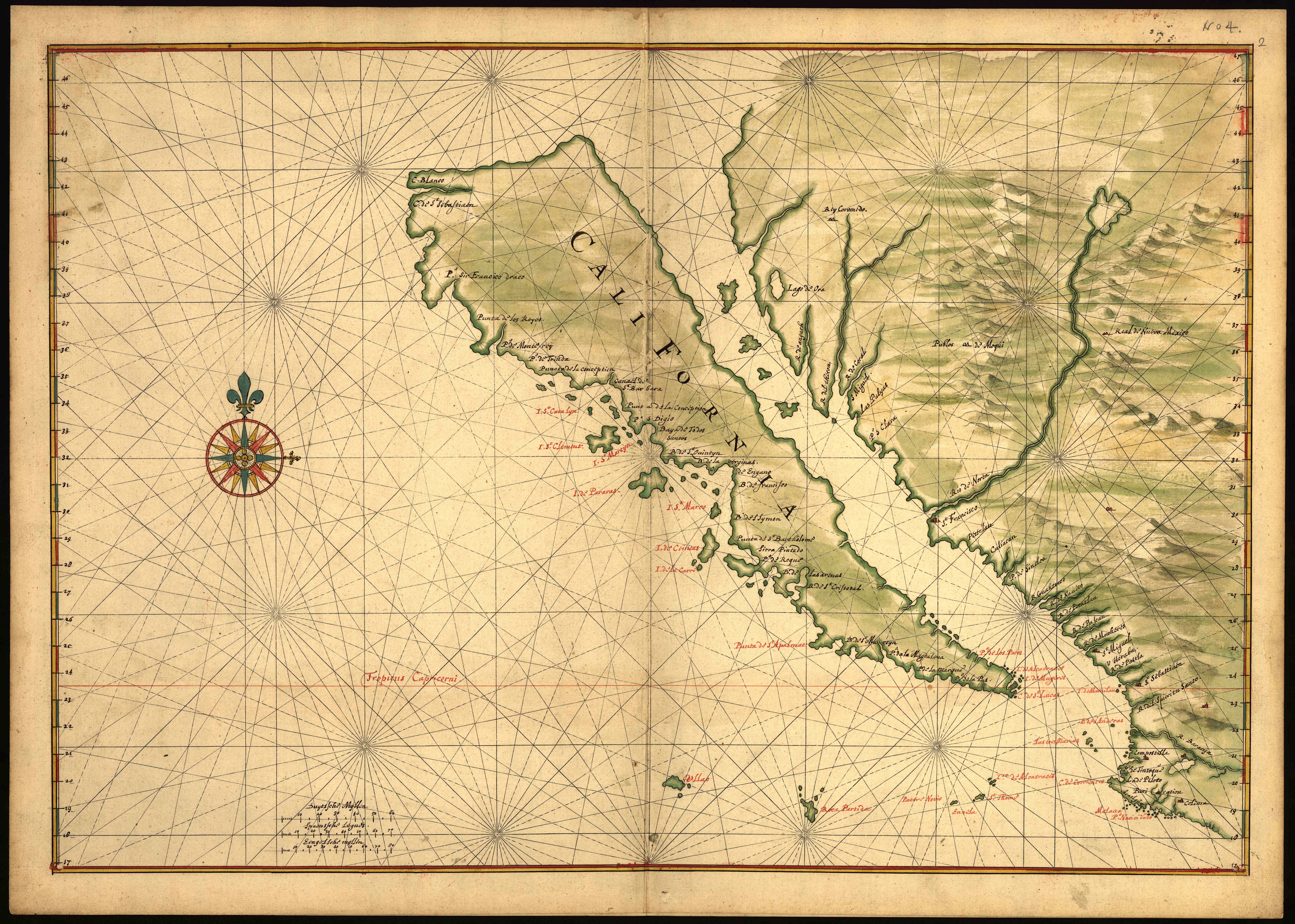|
Cleomella Multicaulis
''Cleomella'' is a genus of flowering plants. It includes 22 species of native to North America, ranging from southern Mexico through the western and central United States to western and central Canada. Like their relatives, the cleomes, plants of this genus have traditionally been included in the caper family Capparaceae but have recently been moved into a new family, Cleomaceae. ''Cleomella'' are annual wildflowers native to the dry and desert regions of western North America. They are similar to cleomes in appearance. They are erect and branching with leaves divided into three leaflets and inflorescences of yellow flowers with long stamens. ''Cleomella'' species are known commonly as stinkweeds or simply cleomellas. 22 species are accepted. *'' Cleomella angustifolia'' – narrowleaf rhombopod *'' Cleomella arborea'' – bladderpod *'' Cleomella brevipes'' – shortstalk stinkweed *'' Cleomella californica'' – San Joaquin Valley, California *'' Cleomella hillmanii'' – ... [...More Info...] [...Related Items...] OR: [Wikipedia] [Google] [Baidu] |
Cleomella Plocasperma
''Cleomella plocasperma'' is a species of flowering plant in the cleome family known by the common name twisted cleomella and alkali stinkweed. It is native to the Great Basin and Mojave Desert in the western United States, where it grows mainly in wet, alkaline soils such as those around hot springs. There is a disjunct population in the Bruneau Valley of southwestern Idaho.Moseley, R. K. (1995)Status of ''Blepharidachne kingii'' (King's desertgrass) and ''Cleomella plocasperma'' (Alkali cleomella) in Idaho. Idaho Dept. of Fish & Game. It grows with other halophytic species such as saltgrass and greasewood. This is an annual herb producing a smooth, hairless stem which divides into several erect or upright branches which may exceed half a meter tall. The sparse leaves are each split into three narrow leaflets. The flowers occur in a raceme at the top of each stem branch. Each flower has four yellow petals and several long stamen The stamen (: stamina or stamens) is a part c ... [...More Info...] [...Related Items...] OR: [Wikipedia] [Google] [Baidu] |
Cleomella Jaliscensis
''Cleomella'' is a genus of flowering plants. It includes 22 species of native to North America, ranging from southern Mexico through the western and central United States to western and central Canada. Like their relatives, the cleomes, plants of this genus have traditionally been included in the caper family Capparaceae but have recently been moved into a new family, Cleomaceae. ''Cleomella'' are annual wildflowers native to the dry and desert regions of western North America. They are similar to cleomes in appearance. They are erect and branching with leaves divided into three leaflets and inflorescences of yellow flowers with long stamens. ''Cleomella'' species are known commonly as stinkweeds or simply cleomellas. 22 species are accepted. *'' Cleomella angustifolia'' – narrowleaf rhombopod *'' Cleomella arborea'' – bladderpod *'' Cleomella brevipes'' – shortstalk stinkweed *'' Cleomella californica'' – San Joaquin Valley, California *'' Cleomella hillmanii'' – ... [...More Info...] [...Related Items...] OR: [Wikipedia] [Google] [Baidu] |
San Diego County, California
San Diego County (), officially the County of San Diego, is a county (United States), county in the southwest corner of the U.S. state of California, north to its Mexico-United States border, border with Mexico. As of the 2020 United States Census, 2020 census, the population was 3,298,634; it is the second-most populous county in California and the County statistics of the United States, fifth-most populous in the United States. Its county seat is San Diego, the List of largest cities in California by population, second-most populous city in California and the List of United States cities by population, eighth-most populous in the United States. It is the southwesternmost county in the 48 contiguous United States, and is a List of municipalities and counties on the Mexico–United States border#California, border county. It is home to 18 Indian reservation, Indian reservations, the most of any county in the United States. There are 16 :Military facilities in San Diego County, Ca ... [...More Info...] [...Related Items...] OR: [Wikipedia] [Google] [Baidu] |
Baja California Sur
Baja California Sur, officially the Free and Sovereign State of Baja California Sur, is a state in Mexico. It is the 31st and last state to be admitted, in 1974. It is also the second least populated Mexican state and the ninth-largest state by area. Before becoming a state on 8 October 1974, the area was known as the ''El Territorio Sur de Baja California'' ("South Territory of Lower California"). It has an area of , or 3.57% of the land mass of Mexico, and occupies the southern half of the Baja California Peninsula, south of the 28th parallel north, 28th parallel, plus the uninhabited Rocas Alijos in the Pacific Ocean. It is bordered to the north by the state of Baja California, to the west by the Pacific Ocean, and to the east by the Gulf of California. The state has maritime borders with Sonora and Sinaloa to the east, across the Gulf of California. The state is home to the tourist resorts of Cabo San Lucas and San José del Cabo. Its largest city and capital is La Paz, Baja ... [...More Info...] [...Related Items...] OR: [Wikipedia] [Google] [Baidu] |
Baja California
Baja California, officially the Free and Sovereign State of Baja California, is a state in Mexico. It is the northwesternmost of the 32 federal entities of Mexico. Before becoming a state in 1952, the area was known as the North Territory of Baja California (). It has an area of (3.57% of the land mass of Mexico) and comprises the northern half of the Baja California peninsula, north of the 28th parallel, plus oceanic Guadalupe Island. The mainland portion of the state is bordered on the west by the Pacific Ocean; on the east by Sonora, the United States on the north and on the south by Baja California Sur. The state has an estimated population of 3,769,020 as of 2020, significantly higher than the sparsely populated Baja California Sur to the south, and similar to San Diego County, California, and Imperial County, California, to its north. Over 75% of the population lives in Mexicali (the state's capital city), Ensenada, or Tijuana (the state's largest city). Other impo ... [...More Info...] [...Related Items...] OR: [Wikipedia] [Google] [Baidu] |
Sonora
Sonora (), officially Estado Libre y Soberano de Sonora (), is one of the 31 states which, along with Mexico City, comprise the Administrative divisions of Mexico, Federal Entities of Mexico. The state is divided into Municipalities of Sonora, 72 municipalities; the capital (and largest) city of which is Hermosillo, located in the center of the state. Other large cities include Ciudad Obregón, Nogales, Sonora, Nogales (on the Mexico–United States border, Mexico-United States border), San Luis Río Colorado, and Navojoa. Sonora is bordered by the states of Chihuahua (state), Chihuahua to the east, Baja California to the west (of the north portion) and Sinaloa to the southeast. To the north, it shares a border with the United States, and on the southwest has a significant share of the coastline of the Gulf of California. Sonora's natural geography is divided into three parts: the Sierra Madre Occidental in the east of the state; plains and rolling hills in the center; and the co ... [...More Info...] [...Related Items...] OR: [Wikipedia] [Google] [Baidu] |
Cleomella Palmeri
''Cleomella'' is a genus of flowering plants. It includes 22 species of native to North America, ranging from southern Mexico through the western and central United States to western and central Canada. Like their relatives, the cleomes, plants of this genus have traditionally been included in the caper family Capparaceae but have recently been moved into a new family, Cleomaceae. ''Cleomella'' are annual wildflowers native to the dry and desert regions of western North America. They are similar to cleomes in appearance. They are erect and branching with leaves divided into three leaflets and inflorescences of yellow flowers with long stamens. ''Cleomella'' species are known commonly as stinkweeds or simply cleomellas. 22 species are accepted. *'' Cleomella angustifolia'' – narrowleaf rhombopod *'' Cleomella arborea'' – bladderpod *'' Cleomella brevipes'' – shortstalk stinkweed *'' Cleomella californica'' – San Joaquin Valley, California *'' Cleomella hillmanii'' – ... [...More Info...] [...Related Items...] OR: [Wikipedia] [Google] [Baidu] |
Cleomella Oxystyloides
''Cleomella oxystyloides'' is a species of flowering plants in the cleome family, Cleomaceae, which is known by the common name spiny caper. It is native to the Mojave Desert straddling the border between California and Nevada. It grows in rocky and sandy desert habitat, often on alkali soil, alkaline soils. This is an annual herb producing an erect, branching stem which may reach 1.5 meters in height. The leaf is made up of three thick, firm leaflets 2 to 6 centimeters long, borne on a stout, straight Petiole (botany), petiole. The inflorescence is a dense head of flowers clustered about the stem at the leaf axils, each flower with four small yellow petals. The fruit is a small white or purple nutlet bearing the spine-like remnant of the flower Receptacle (botany), receptacle. The plant was first described as ''Oxystylis lutea'' in 1845, and placed in the monotypic genus ''Oxystylis''. It was renamed ''Cleomella oxystyloides'' in 2015, and placed in the genus ''Cleomella''. Refe ... [...More Info...] [...Related Items...] OR: [Wikipedia] [Google] [Baidu] |
Cleomella Obtusifolia
''Cleomella obtusifolia'' is a species of flowering plant in the cleome family. It is commonly known as Mojave stinkweed, bluntleaf stinkweed or Mojave Cleomella. It grows in alkaline soils in the desert scrub. It is an annual herb producing a rough, hairy stem. The branching stem grows erect when new and then the branches droop to the ground with age, forming a bushy clump or mat. Each leaf is made up of three fleshy oval leaflets. Flowers appear in dense racemes on older stems and solitary in leaf axils on new stems. Each flower has generally four hairy green sepals and four yellow petals grouped together on one side of the involucre. The whiskery yellow stamen The stamen (: stamina or stamens) is a part consisting of the male reproductive organs of a flower. Collectively, the stamens form the androecium., p. 10 Morphology and terminology A stamen typically consists of a stalk called the filament ...s protrude up to 1.5 centimeters from the flower. The fruit is a hairy ... [...More Info...] [...Related Items...] OR: [Wikipedia] [Google] [Baidu] |
Cleomella Multicaulis
''Cleomella'' is a genus of flowering plants. It includes 22 species of native to North America, ranging from southern Mexico through the western and central United States to western and central Canada. Like their relatives, the cleomes, plants of this genus have traditionally been included in the caper family Capparaceae but have recently been moved into a new family, Cleomaceae. ''Cleomella'' are annual wildflowers native to the dry and desert regions of western North America. They are similar to cleomes in appearance. They are erect and branching with leaves divided into three leaflets and inflorescences of yellow flowers with long stamens. ''Cleomella'' species are known commonly as stinkweeds or simply cleomellas. 22 species are accepted. *'' Cleomella angustifolia'' – narrowleaf rhombopod *'' Cleomella arborea'' – bladderpod *'' Cleomella brevipes'' – shortstalk stinkweed *'' Cleomella californica'' – San Joaquin Valley, California *'' Cleomella hillmanii'' – ... [...More Info...] [...Related Items...] OR: [Wikipedia] [Google] [Baidu] |



